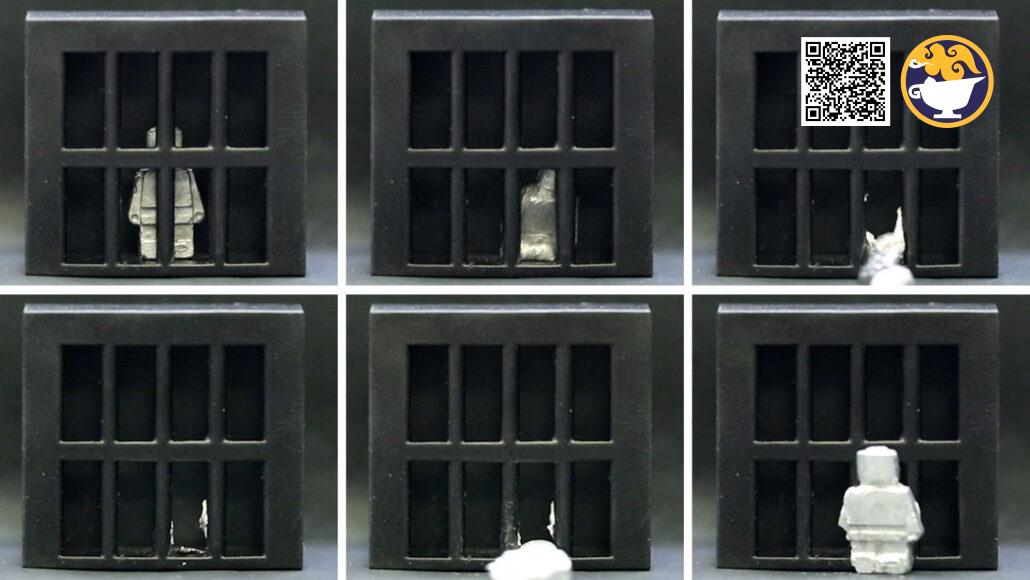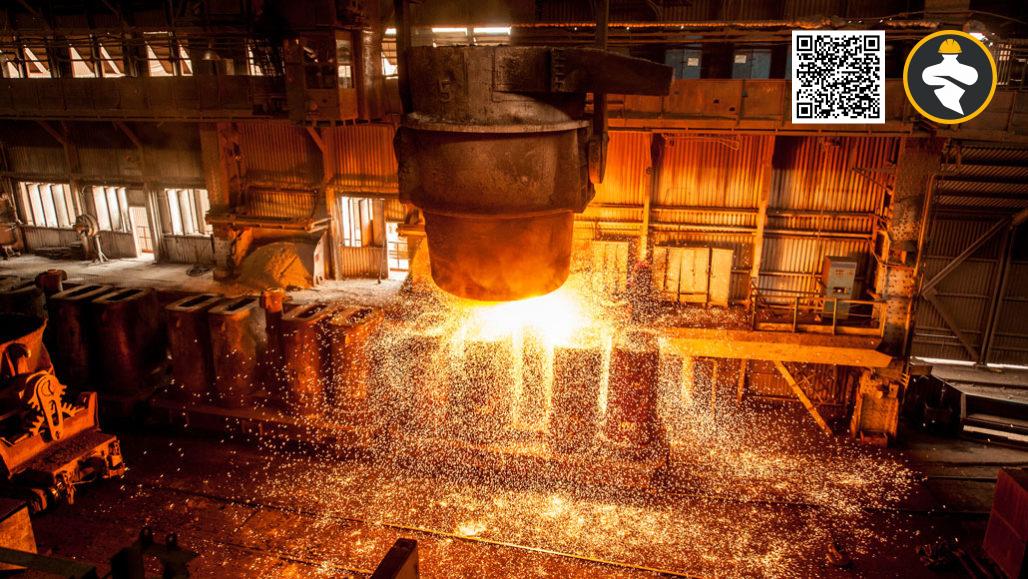Researchers write in Matter on January 25 that miniature machines can transform from solid to liquid and back again to fit into tight areas and accomplish activities like soldering a circuit board.
The metal gallium is responsible for this phase-shifting characteristic, which may be controlled remotely with a magnetic field. Researchers inserted magnetic particles in the metal to control its mobility with magnets. This new material might aid scientists in the development of soft, flexible robots that can slither through tight spaces and be led externally.
For years, scientists have been working on magnetically operated soft robots. The majority of existing materials for these bots are either stretchable but solid materials that cannot pass through the smallest of gaps, or magnetic liquids that are fluid but cannot transport heavy things (SN: 7/18/19).
Researchers in the latest study used both methodologies after drawing inspiration from nature (SN: 3/3/21). Sea cucumbers, for example, “may extremely swiftly and reversibly change their stiffness,” according to Carnegie Mellon University mechanical engineer Carmel Majidi. “Our goal as engineers is to replicate that in soft materials systems.”
As a result, the researchers resorted to gallium, a metal that melts at around 30° Celsius – just above ambient temperature. Rather than using a heater to modify the condition of the metal, the researchers subject it to a quickly shifting magnetic field to liquefy it. The alternating magnetic field causes electricity to be generated within the gallium, which causes it to heat up and melt. When allowed to cool to normal temperature, the substance resolidifies.
Because magnetic particles are scattered throughout the gallium, they may be dragged about by a permanent magnet. A magnet in solid form may move the material at a pace of around 1.5 meters per second. Gallium that has been improved can likewise handle 10,000 times its weight.
External magnets may still influence the liquid form, stretching, splitting, and merging it. However, regulating the fluid’s flow is more difficult since gallium particles can freely rotate and have unaligned magnetic poles as a result of melting. In reaction to a magnet, the particles travel in different directions due to their distinct orientations.
Majidi and colleagues put their technique to the test in miniature devices that performed various tasks. In a scene right out of Terminator 2, a toy human escaped from a jail cell by melting through the bars and resolidifying in its original shape with the help of a mold placed just beyond the bars.
Although this phase-shifting material is a significant advancement in the area, uncertainties regarding its medicinal uses remain, according to biomedical engineer Amir Jafari of the University of North Texas in Denton, who was not involved in the research. One major issue, he says, is precisely managing magnetic forces created by an external device within the human body.
“It’s an intriguing tool,” says Harvard University robotics engineer Nicholas Bira, who was not engaged in the project. However, he says, experts studying soft robots are continually developing new materials.
“The genuine innovation to come will be in the combination of these several revolutionary materials.”
Reference: McKenzie Prillaman@https://www.sciencenews.org












